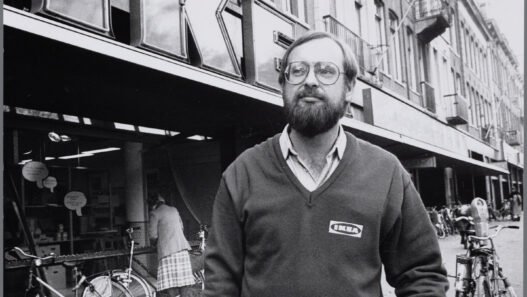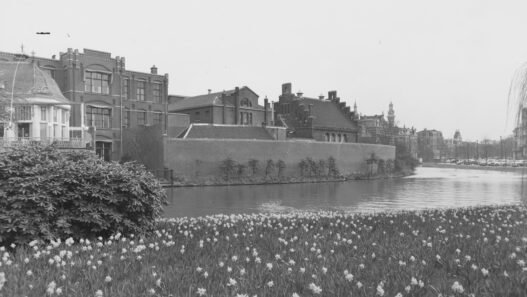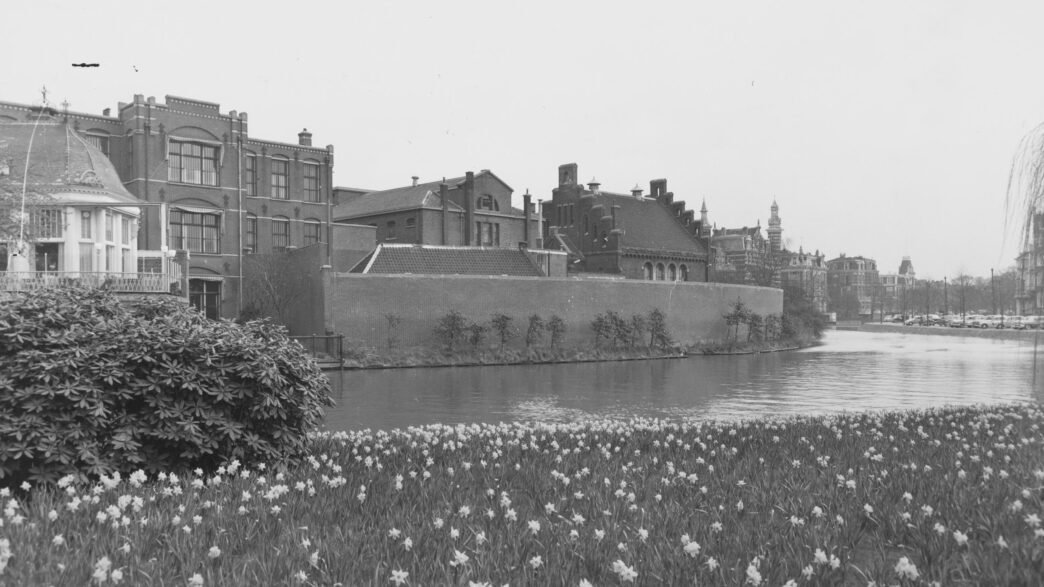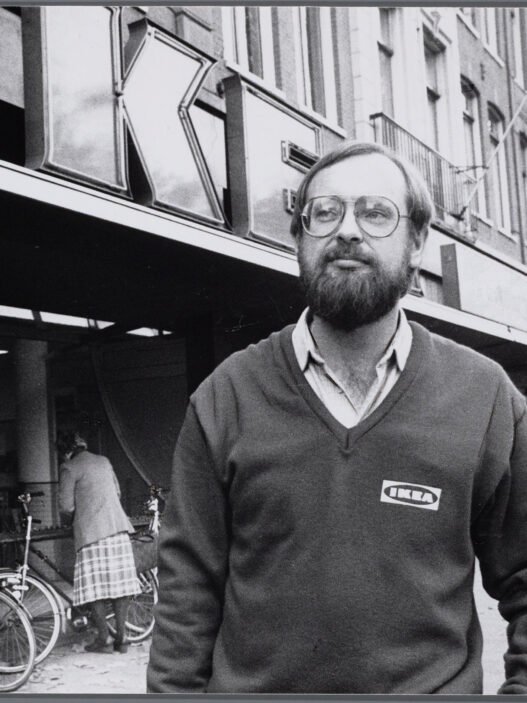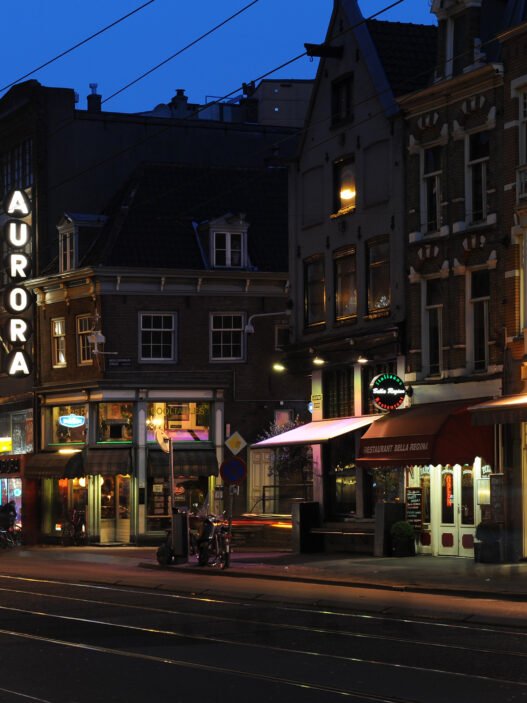The Trigger
In late June 1944, Post learned that his close friend and fellow fighter Jan Wildschut had been captured after a failed raid on a ration office in Haarlem. Wildschut was imprisoned in the Weteringschans, along with many others from the resistance. For Post, the mission was personal: he was determined to free his friend. At the same time, some seventy of the 141 prisoners were at risk of imminent execution.
The Plan
A direct assault on the heavily guarded prison was deemed too risky. Post explored alternatives until the Amsterdam resistance group was approached by Jan Boogaard, an SS guard who claimed he wanted to redeem himself. Boogaard provided detailed knowledge of the prison layout and promised to unlock doors, neutralize guards, and even poison the guard dogs.
Though deeply suspicious of collaborating with an SS officer, Post reluctantly agreed. The raid was set for the night of July 14.
The Raid
Sixteen resistance fighters gathered in the concierge’s house adjoining the prison. Shortly after 3 a.m., twelve of them advanced into the dark corridors of the instruction building, waiting for Boogaard to open the way further inside. He appeared on schedule and unlocked the first doors.
But instead of freedom, a trap awaited them. Suddenly, a German voice rang out: “Hände hoch!” — Hands up! Boogaard had betrayed them. From hidden positions, German forces opened fire. A fierce shootout erupted. Some resistance fighters managed to scale the four-meter wall and escape into the city. Others were wounded or captured on the prison grounds.
The Arrests
Meanwhile, Post and Hilbert van Dijk waited in the Kinkerstraat to escort Boogaard and his mother to a safe house. Unaware of the ambush, they walked straight into another trap. Post was overpowered after a brief exchange of fire; Van Dijk initially escaped but was later caught, gravely wounded.
Within a day, fifteen captured fighters — including Post — were brought together. On July 16, they were transported to the dunes near Overveen and executed by firing squad.
Aftermath
The bodies were recovered after the war, with several later reburied at the Honorary Cemetery in Bloemendaal. Boogaard, who had betrayed the group from the very beginning, was sentenced to death in 1946 and executed in 1947.
The raid on the Weteringschans, intended as a major victory for the Dutch resistance, became instead one of its most devastating failures — a stark reminder of the heavy price of betrayal in wartime.

